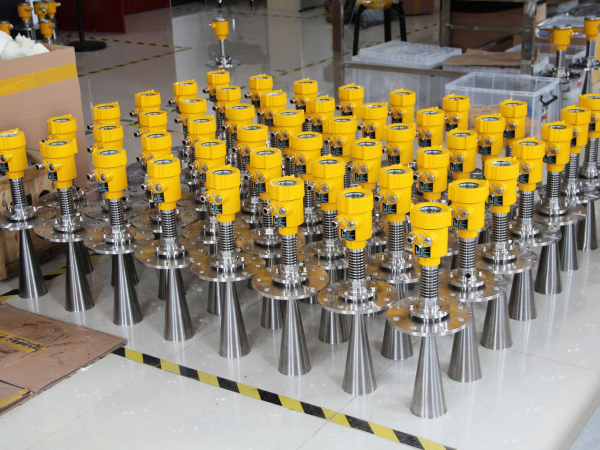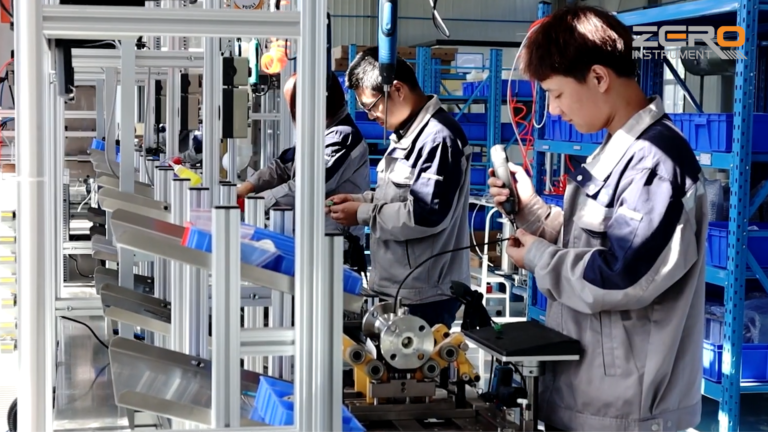The semiconductor industry has increasingly higher requirements for accuracy and efficiency in its production process. As an advanced measuring instrument, radar level meter plays an indispensable role in the semiconductor industry.
This article aims to explore the application of radar level meter in the semiconductor industry and analyze the technological innovation it brings and its impact on production efficiency.
The working principle of radar level meter is based on the propagation characteristics of electromagnetic waves. It determines the liquid level or material level of the material in the container by emitting microwave or ultra-high frequency signals and receiving the reflected waves of these signals on the surface of the material.
Due to its non-contact measurement method, radar level meter is particularly suitable for occasions with extremely high requirements for accuracy and sanitary conditions in the semiconductor manufacturing process.
In the semiconductor production process, from wafer cleaning to photoresist coating, to the recycling of etching solution, accurate measurement of liquid in each step is crucial.
Traditional level measurement methods such as float type, pressure type or ultrasonic type often cannot meet the requirements of high precision and high stability, while radar level meter stands out with its millimeter-level measurement accuracy and good environmental adaptability.

For example, in the wet process of a semiconductor company, the use of radar level meters to monitor the liquid level in the pickling tank can accurately control the amount of chemicals added in real time. This not only ensures the accuracy of the chemical reaction, but also greatly reduces the waste of chemical reagents and reduces production costs.
In addition to measurement accuracy, the stability and maintenance-free nature of radar level meters are also important reasons for their widespread use.
In semiconductor manufacturing workshops, environmental conditions are complex and changeable, and harsh conditions such as high temperature, high pressure, and corrosive gases are the norm.
Since radar level meters do not need to directly contact the medium, they are not affected by these environmental factors and can work stably for a long time, reducing production interruptions caused by equipment failures.
Furthermore, with the development of Internet of Things technology, the data of radar level meters can be integrated into the production management system of the entire factory through wireless transmission.
This allows production managers to monitor the material consumption of each process in real time in the control room, achieve refined management, and optimize production processes.

The application of radar level meters in the semiconductor industry not only improves the automation and intelligence level of the production process, but also brings higher economic benefits and stronger market competitiveness to enterprises.
